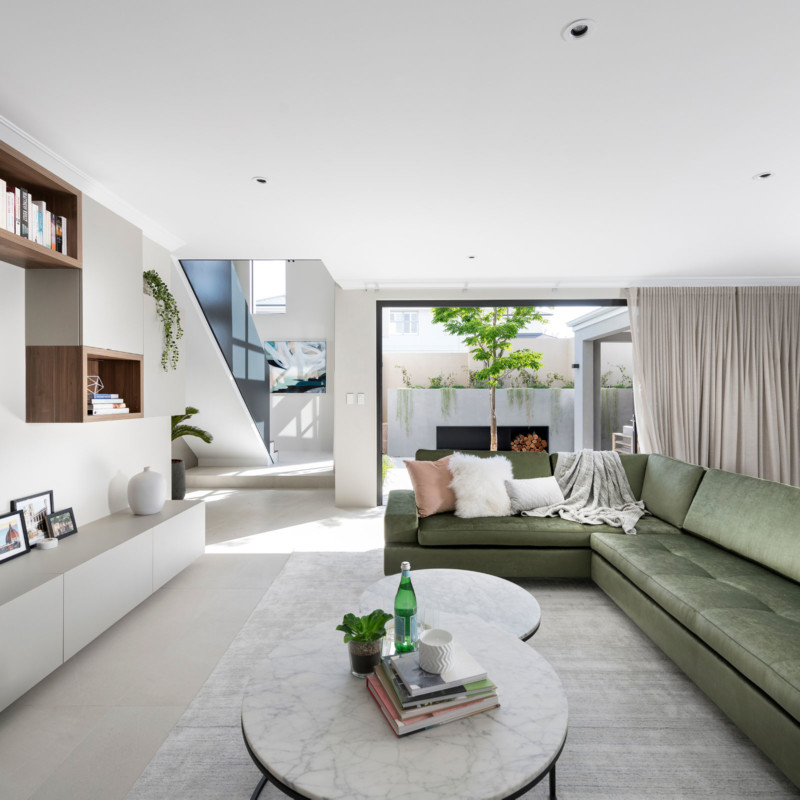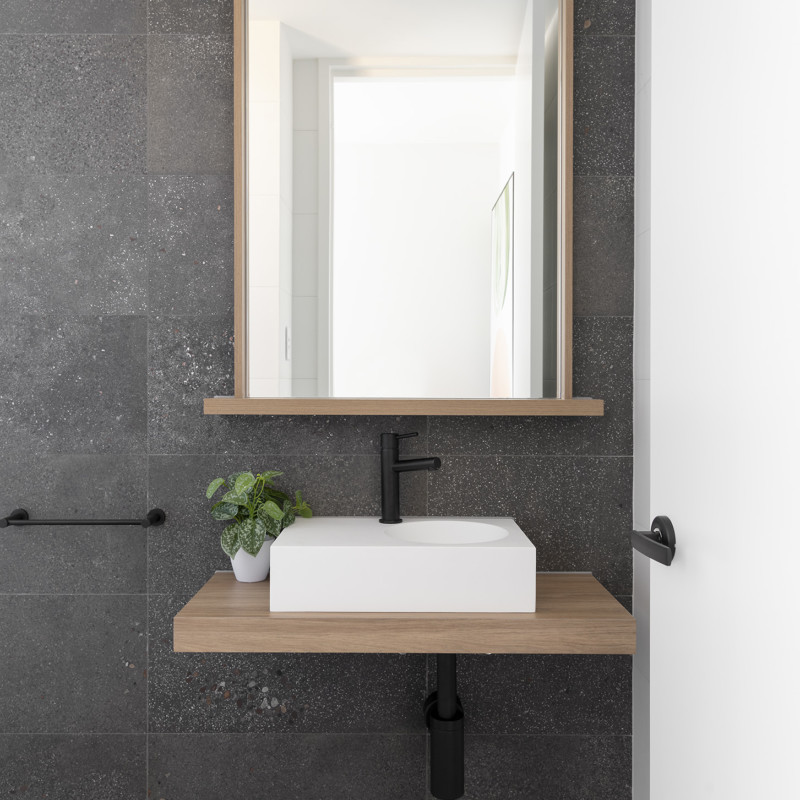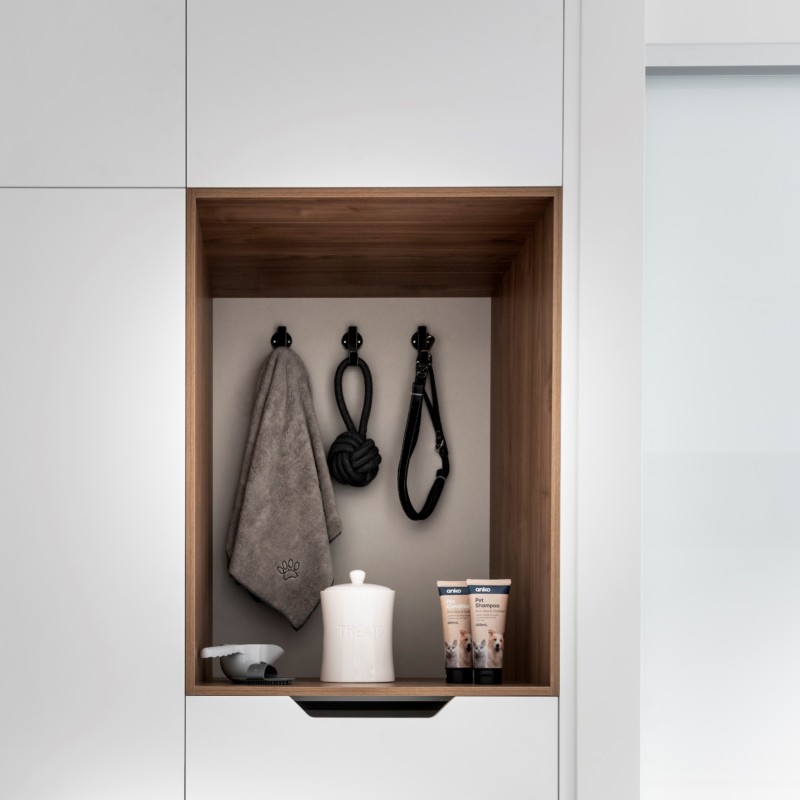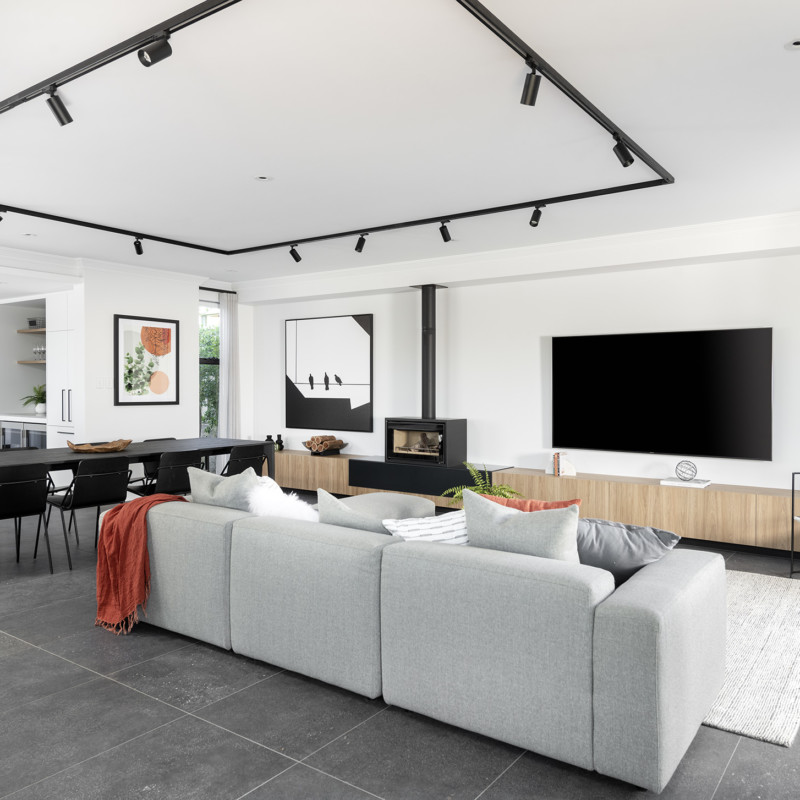Biophilia, according to an article by Architectural Digest, is the concept that human well-being, health, and productivity are improved when we are connected to nature. Architects have incorporated biophilia into design, creating a concept used within the building industry to increase occupant connectivity to the natural environment.
We spoke to WB Innovation and New Product Designer, Joseph Calasara, about this growing architectural trend.
“For me, Biophilic design is not just looking at nature from the window, but integrating nature and other life forms into the design solution,” he said. “It enhances the connectivity of the occupant to the natural environment and the design aesthetics improve overall wellbeing and emotional comfort.”
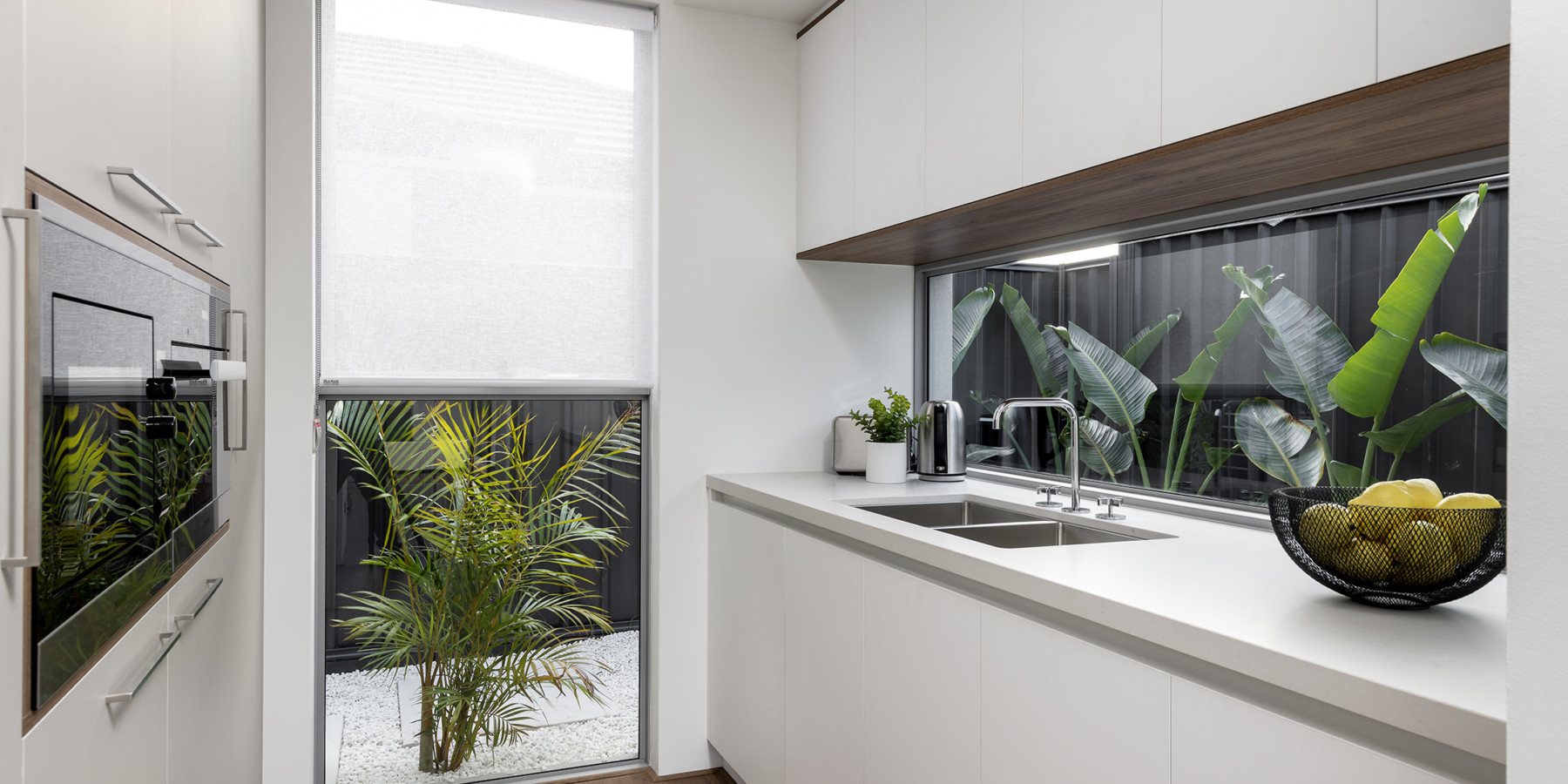
Through the increasing popularity and use of technology, we are seeing a decrease in our interaction with nature. Incorporating nature into our lives has never been so important, with long hours at the office and longer commute times preventing us from spending enough time in the natural world.
Spending most of our time in a built environment can have negative effects on the human mind and body, and it is important to incorporate nature into our lives as they are.
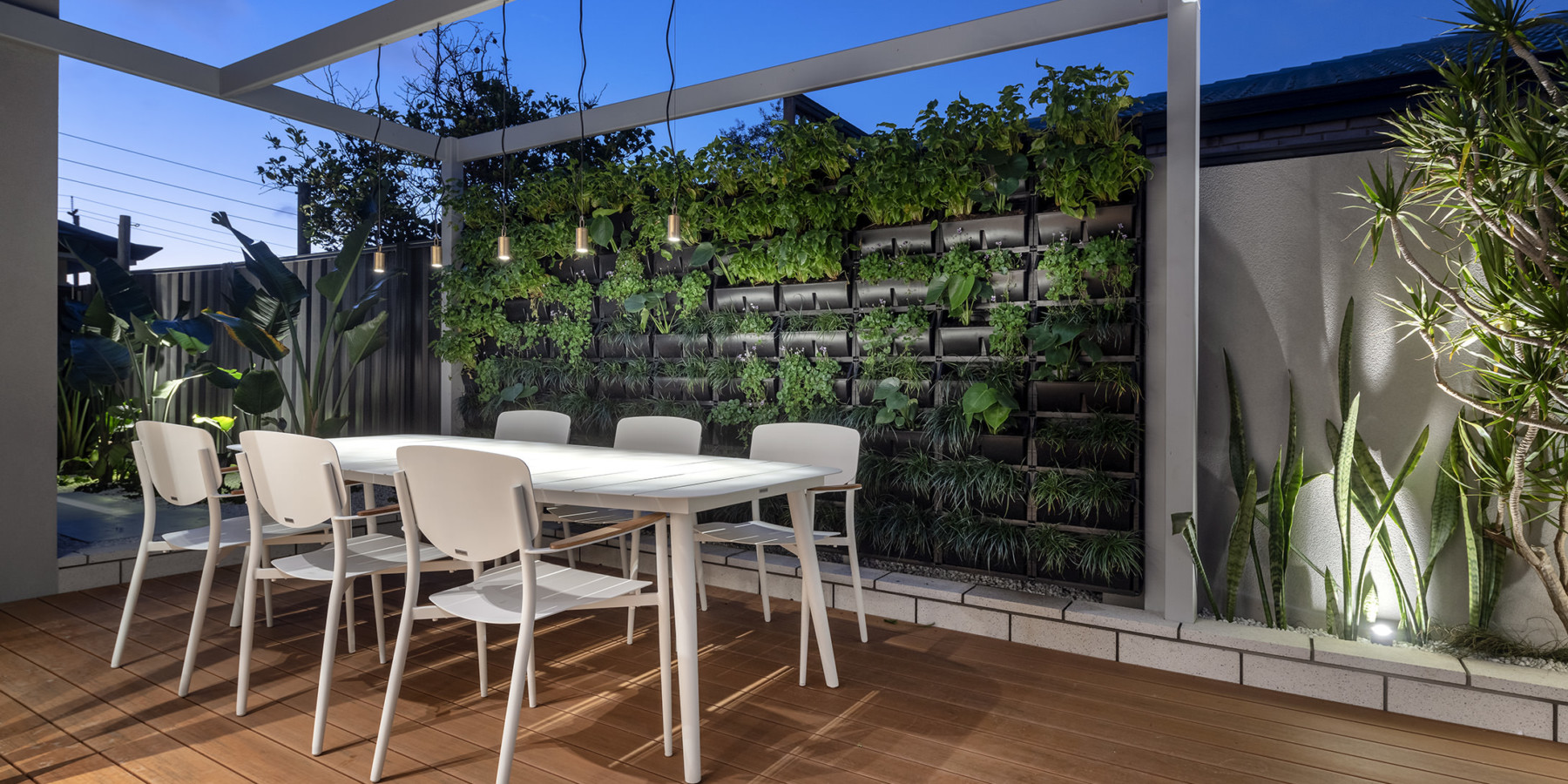
Incorporating plants, trees, light, air, or water into the home can have significant benefits for the resident, including improved mental wellbeing and improved physical health.
“It is a proven fact that biophilic design improves overall health and wellbeing of the occupant,” Joseph said. “With an overload of technology, biophilic design will create an environment of total relaxation.”
And with other benefits including improved productivity, increased employee engagement and reduced stress levels, it is no wonder biophilic design is making its way into the workplace.
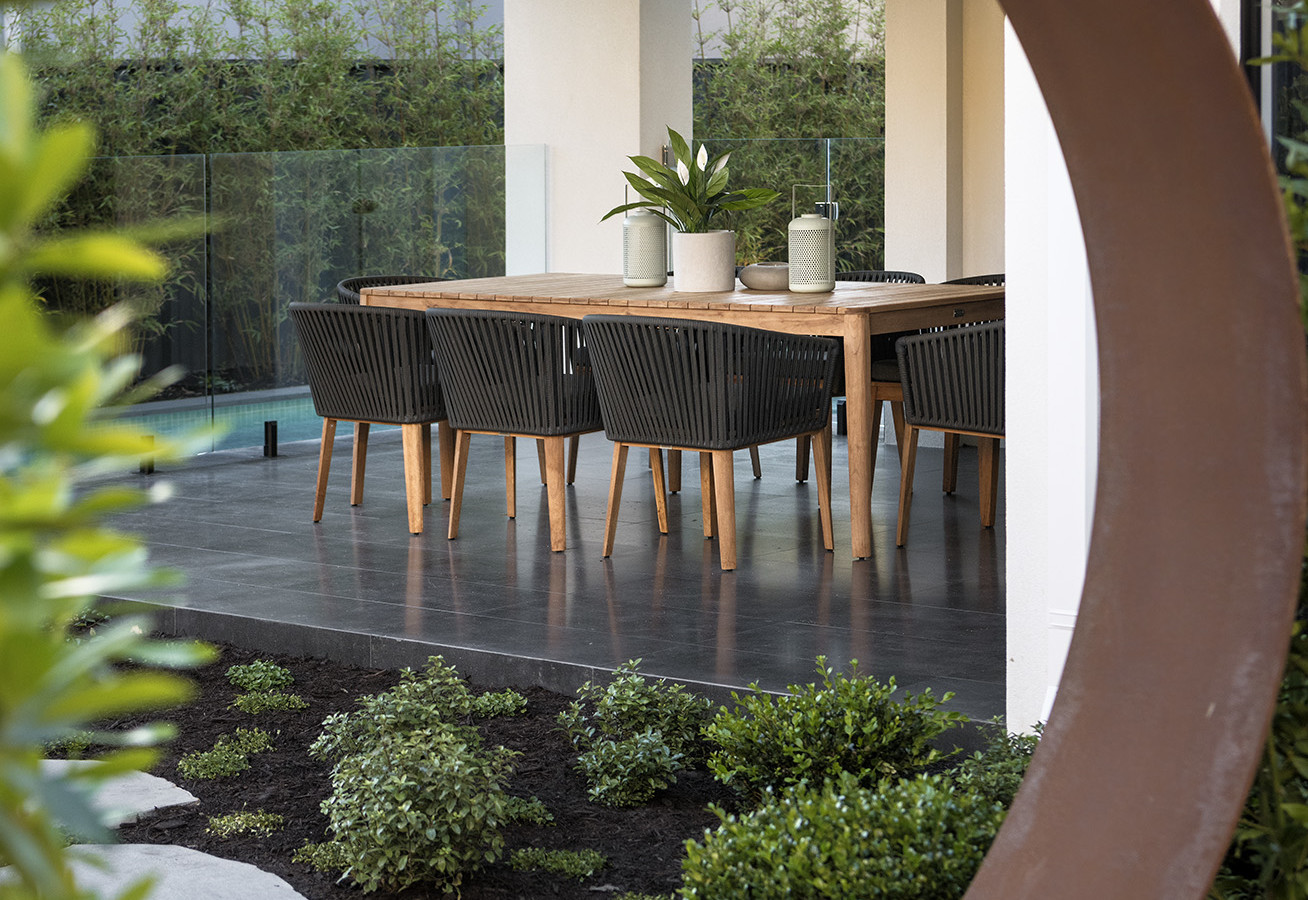
According to Joseph, recent changes in technology have had a significant influence on the rise of this architectural trend.
“Biophilic design is quite a common concept in the architectural world, but it is only now becoming more noticeable due to industrial and technological overload that reshapes how we interact with nature.”
“It is not just popular in residential design, it evolves more and more into every building and most popularly in workplaces where people spend most of their time.”
Sustainability and environmental awareness are popular topics of discussion in the modern age, and are becoming more important in the architectural world. Biophilic design considers this by incorporating sustainability into certain areas of the design, in unique and unconventional ways.
“By ensuring adequate access to sun and passive ventilation throughout the home, Biophilic design minimises energy use and reduces greenhouse gas emissions,” Joseph said.
“Environmental care and awareness are some of the most common considerations in the increasing demand for incorporating sustainability into residential design,” he said. “The sun, natural lighting and ventilation, water, and plants are essentials in achieving the essence of biophilic design.”
